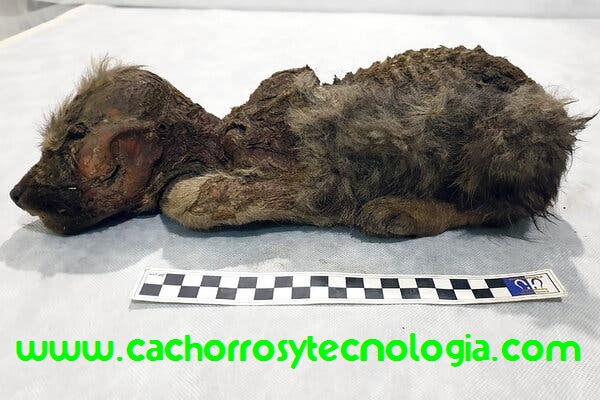Esta pareja de perros se criaron junta desde que eran unos cachorros. Desgraciadamente hace unos días se escaparon y la hembra murió atropellada. Cuando tuvo lugar el terrible suceso, el otro perro se quedó todo un día junto al cuerpo de su compañera muerta.
El fatídico día los perros escaparon de su casa, localizada en Arica
(Chile), por una puerta que se quedó abierta. Durante el paseo la
hembra blanca no pudo sobrevivir al golpe que recibió de un coche
mientras ambos perros cruzaban la calle.
Después del accidente su compañero la arrastró fuera de la carretera y empezó a darle golpecitos como tratando de reanimarla.
El perro se quedó en todo momento junto a su compañera hasta que,
gracias a la difusión por las redes sociales, sus dueños pudieron
encontrarlos.
* This pair of dogs were created together since they were puppies. Unfortunately few days ago they escaped and hit the female died. When the terrible event took place, the other dog was a day beside the body of his dead companion.
The fateful day the dogs escaped from his home, located in Arica (Chile), through a door that was left open. During the ride the white female could not survive the blow he received from a car while crossing the street both dogs.
After the accident his partner pulled off the road and started patting as trying to revive her. The dog remained at all times with his partner until, thanks to the spread by social networks, their owners could find them.
La imagen conmovió a automovilistas y transeúntes que pasaban por el lugar. Algunos se acercaron a dejarle agua y comida al perro, que les gruñía para defender a su “hermana”. Gracias a la rápida difusión de fotos de ambos perros por las redes sociales finalmente, sobre la 1:30 de la madrugada, sus dueños lograban localizar a los dos perros después de haber estado buscando durante todo el día.
* The image shocked motorists and passers-by. Some came to leave water and food to the dog, snarling them to defend their "sister". Thanks to the rapid spread of photos of both dogs by social networks finally, about 1.30am, the owners were able to locate the two dogs after having been
looking all day.










